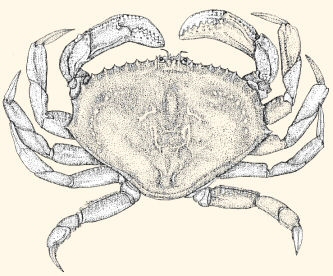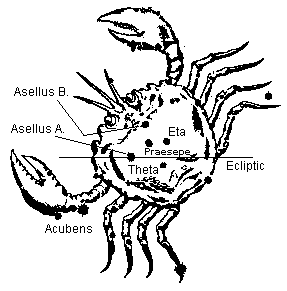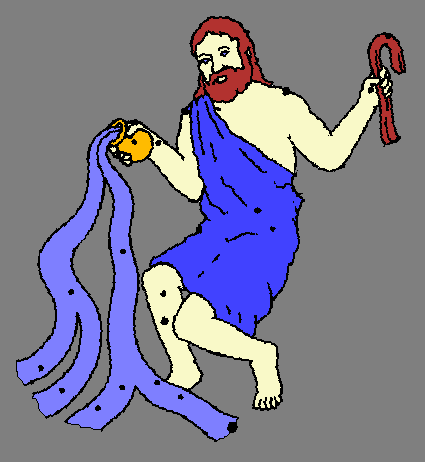A Tarot of the Northern Constellations
|
the Tower
Cancer and Praesepe, the Beehive Cluster
|
|
|
|
![]()
|
The Star
|
|
|
 Sothis brings the flood An Egyptian cat of 2500 B.C. watches the rising waters of the Nile, the vital annual event which at that time was announced by the heliacal rising (first visible rising before the sun) of Sirius, or Sothis, the Dog Star. (Cover picture for Astronomical Calendar 1978.) http://www.universalworkshop.com/redliongallery/pages/covers.htm |

as Sirius
Canis Major, the Great Dog

The brightest star in Canis Major also is the brightest in the entire
night sky brilliant Sirius, which is just 8.6 light-years away.
That's only twice as far as our closest stellar neighbor.
Canis Major loyally follows its mythical master, Orion, across the southern skies of winter.
http://stardate.org/nightsky/constellations/canis_major.html
|
The Star
 The Star Tarot Card
is the 17th card in the Tarot deck and represents free flowing love,
tranquility, hope, generosity, good will, harmony, positive thinking
and faith.
The Star Tarot Card
is the 17th card in the Tarot deck and represents free flowing love,
tranquility, hope, generosity, good will, harmony, positive thinking
and faith.This card shows a nude woman kneeling with one foot in the water and one foot on land. She holds a jug in each hand and pours her water on the land and back into the water. A large star shines over her head.
She renews both the subconscious (the water) and the material world (the land) by pouring the water on each.
![]()
|
the MoonLuna
|
![]()
|
the Sun
Solis
Navigating by the Sun
http://www.minoanatlantis.com/Minoan_Navigation.php
|
![]()
|
JudgementCygnus the swanJudgement is the 20th card in the Tarot deck and represents forgiveness, release, hope, redemption, a new beginning and reconciliation.
Cygnus, the Swan
Although it lies about 1,500 light-years from Earth, Deneb shines brightly in our night sky because it's a white supergiant a star that's much larger, hotter, and brighter than the Sun. Deneb is the northeastern point of a star pattern called the Summer Triangle. If you use binoculars to scan the area between the two bright stars that define the swan's eastern wing, you'll see the remnant of a supernova a faint, incomplete ring of light called the Cygnus Loop. http://stardate.org/nightsky/constellations/cygnus.html
|
![]()
|
the Worldthe four Royal Stars
|
|
|
||
|
|
http://www.johnpratt.com/items/docs/lds/meridian/2001/4stars.html
![]()
|
Melody Hay - Blue Door, 2008 |
























 The World Tarot Card or The Universe Tarot Card is the 21st card in the Tarot deck and signifies success, involvement, wholeness and prosperity.
The World Tarot Card or The Universe Tarot Card is the 21st card in the Tarot deck and signifies success, involvement, wholeness and prosperity.





